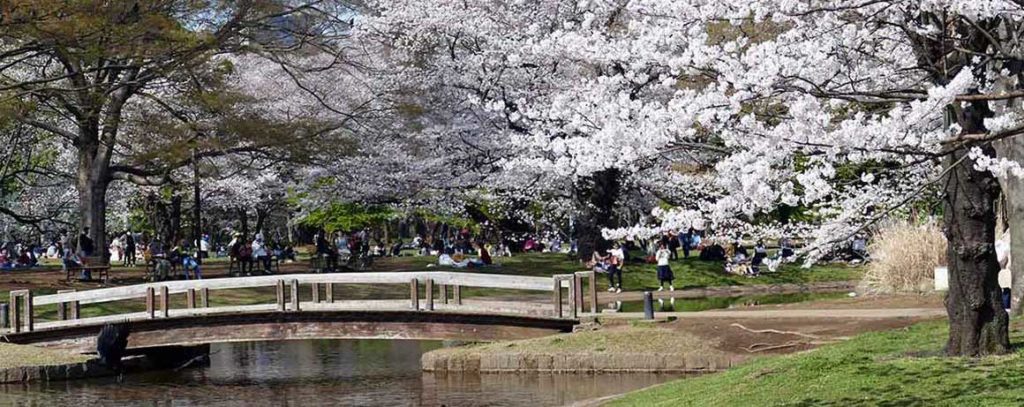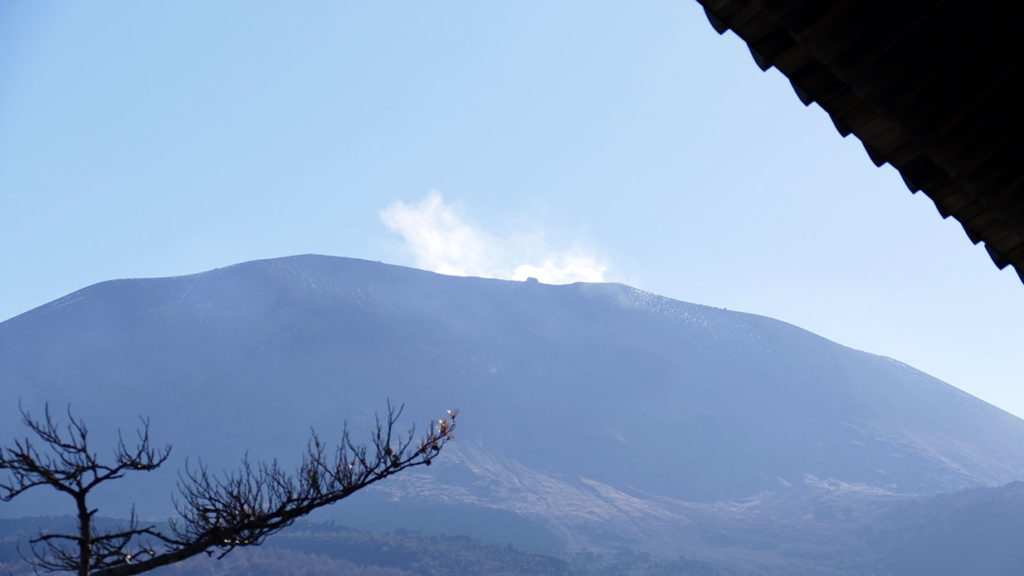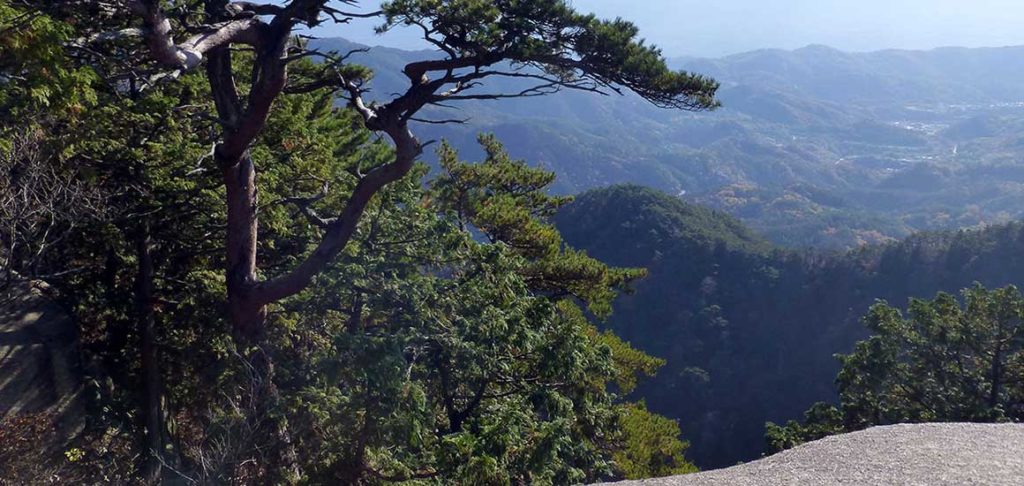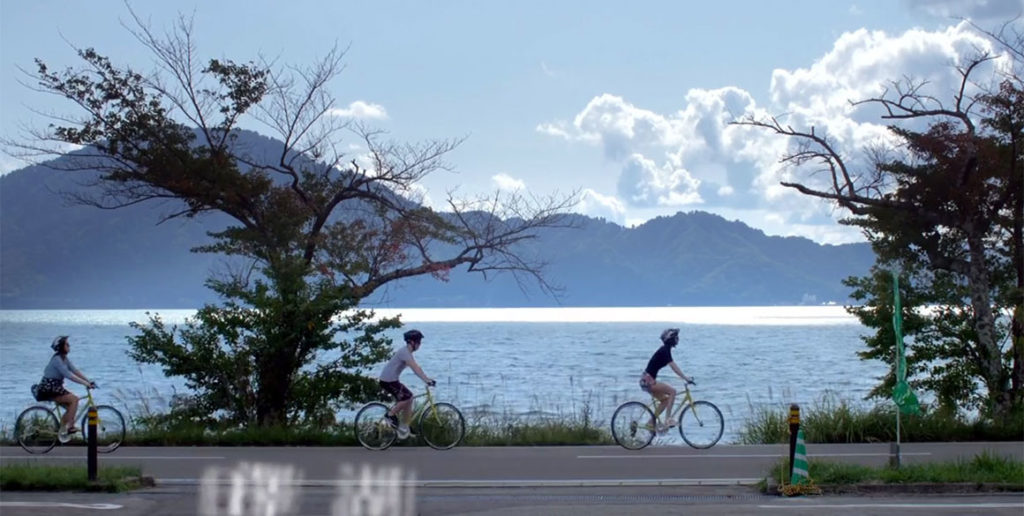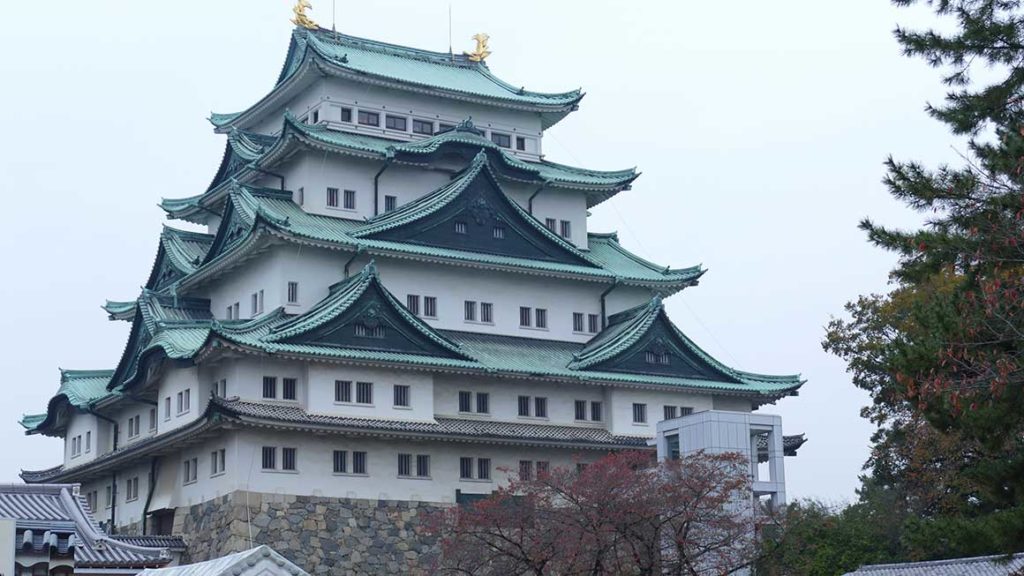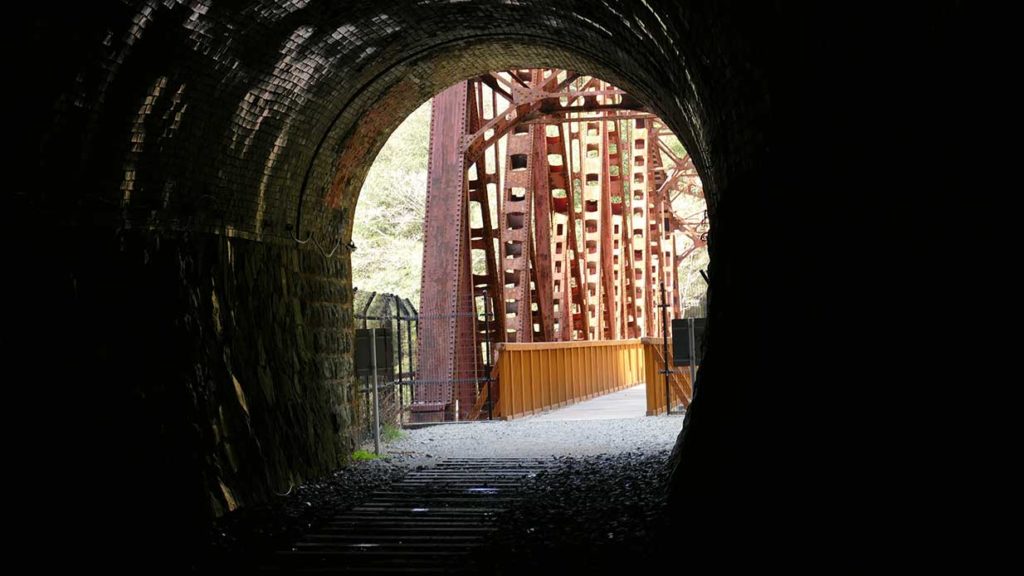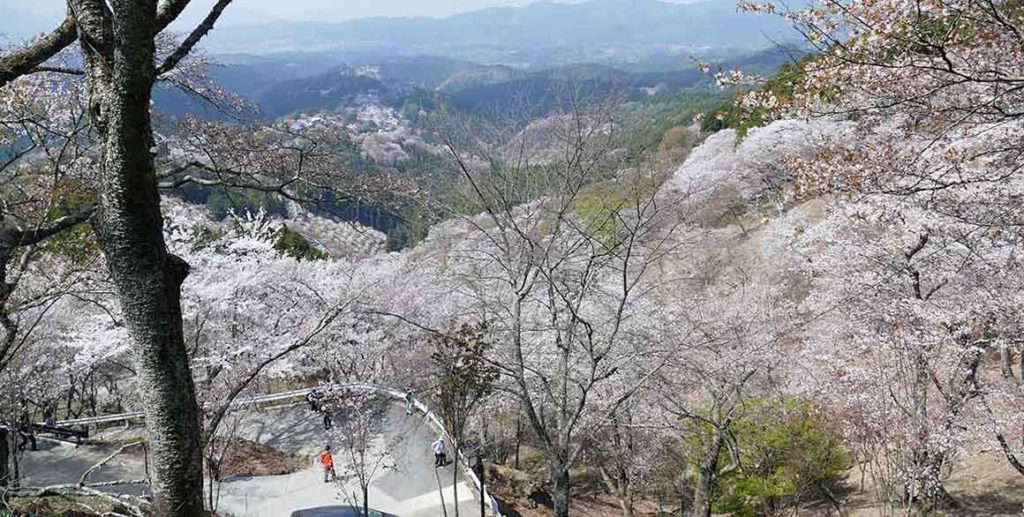We had booked in for a couple of days stay at the traditional Senshinkan Matsuya Ryokan, a Japanese Inn in the traditional village of Shibu Onsen. An early 6.30am start and a quick walk, with all our luggage, to Shinjuku station where we had to catch a CHUO EXPRESS train to TOKYO station, find the correct platform and board the Shinkansen bullet train to Nagano. You can buy food on the train, but we bought a Bento box of sushi rolls before boarding the train. In next to no time, we headed off for the speedy run to Nagano where we had to get off and change trains to the local line and buy a one-way ticket to Yudanaka. This section of rail travel is not covered by the JR pass, so buy tickets at the station, to continue on. The local train ride was about 70min and then caught a bus to Shibu Onsen. The village lies on a gentle slope beside the Yokoyugawa River, with Yudanaka Onsen located below and the Jigokudani Monkey Park above. We were greeted by our hosts, Keiko and Tomi, whose family have owned the Senshinkan Matsuya Ryokan for 12 generations. We had to leave shoes outside and observe the customs, which included an encouragement to wear the traditional Yukata robes and the wooden Gheta thong type footwear. Keiko instructed us how to wear the robes, as the overlapping join needed to be facing one direction, as the opposite way was reserved for the dead. After settling in, we had a walk around the village, clip clopping around on the wooden footwear and mentally visualising the scene as it may have been hundreds of years ago. We had an amazing meal and turned in to get an early start for the drive up to the monkey park the following morning.




It was cold the next morning so we got rugged up for the short trip to the Snow Monkey Park and Tomi fitted us all in to his mini bus and kindly drove us there, up a very steep and narrow road. Very interesting when meeting a car coming the opposite way on the one lane road, with hundred foot drops into the valley. Jigokudani Monkey Park is located in the Nagano Prefecture and is approximately 260km north west from Tokyo. The Macaques were there in big numbers and so were the tourists. Walking down the track to the pools, the high pitched whistle of volcanicaly heated steam escaping from fissures, was awesome. Looking down from the track, there were both male and female Japanese sitting in one of the thermal pools, stark naked with a couple of snow monkeys also enjoying a warm bath. Once we arrived at the main pools, the dominant male monkey made his presence felt as each time he came to the pool, other monkeys made a dash for places unseen. A few of the old females remained in the pool with him, but the others paid him a healthy respect. Wow they have big teeth.

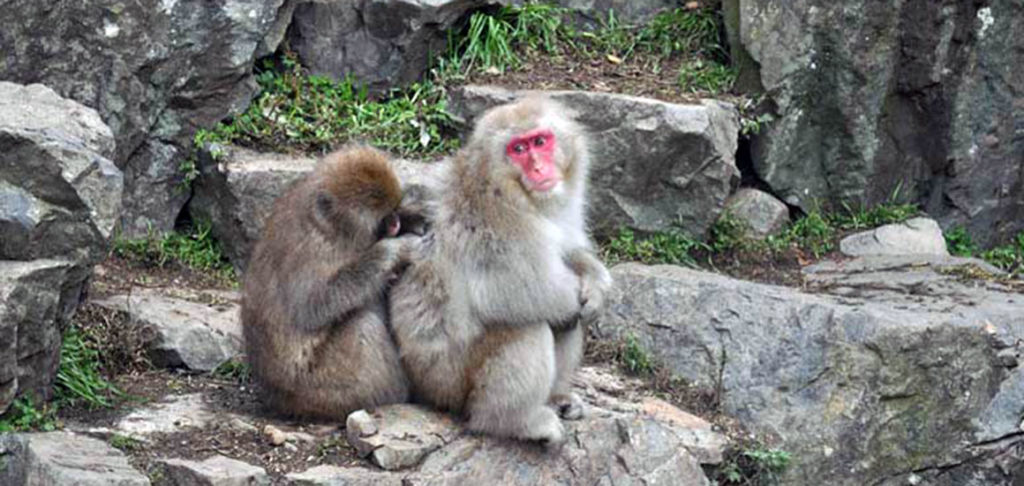

We had been at the park for a few hours and were all pretty worn out, but had to face the long walk back to our Ryokan. We eventually got there and had time time for a walk around the town have a dip in the Onsens. These are public baths and can be as hot as 50 degrees C, straight out of the ground. Lots of minerals and salts, but refreshing in the end. Males and females are separate, as it is public, but nudity isn’t optional. That evening, we all enjoyed a traditional Japanese feast and after our long walk, it was tough sitting or kneeling on the floor to dine. We got up in time for breakfast and then a quick run in Tomi’s bus to catch the bus and make our train connection for our next destination in Takayama. Great time was had and we would go back there in an instant if we holiday in Japan in the future. The shinkansen journey from Tokyo Station to Nagano Station takes approximately 1:30 hours each way. You then need to change trains at Nagano Station on the train to Yudanaka Station, for a further 50 minute journey. Shibu Onsen, located in Nagano Prefecture in the Honshu mainland of Japan, is a hot spring resort that has a history as long as 1,300 years. Cobblestone lanes are surrounded by traditional wooden ryokan. You can feel the atmosphere of the Japanese culture, whilst strolling along in your yukata and ghetta. There are also opportunities to visit other attractions, such as a tour of the nine public onsens. You will come out soft as a baby.

